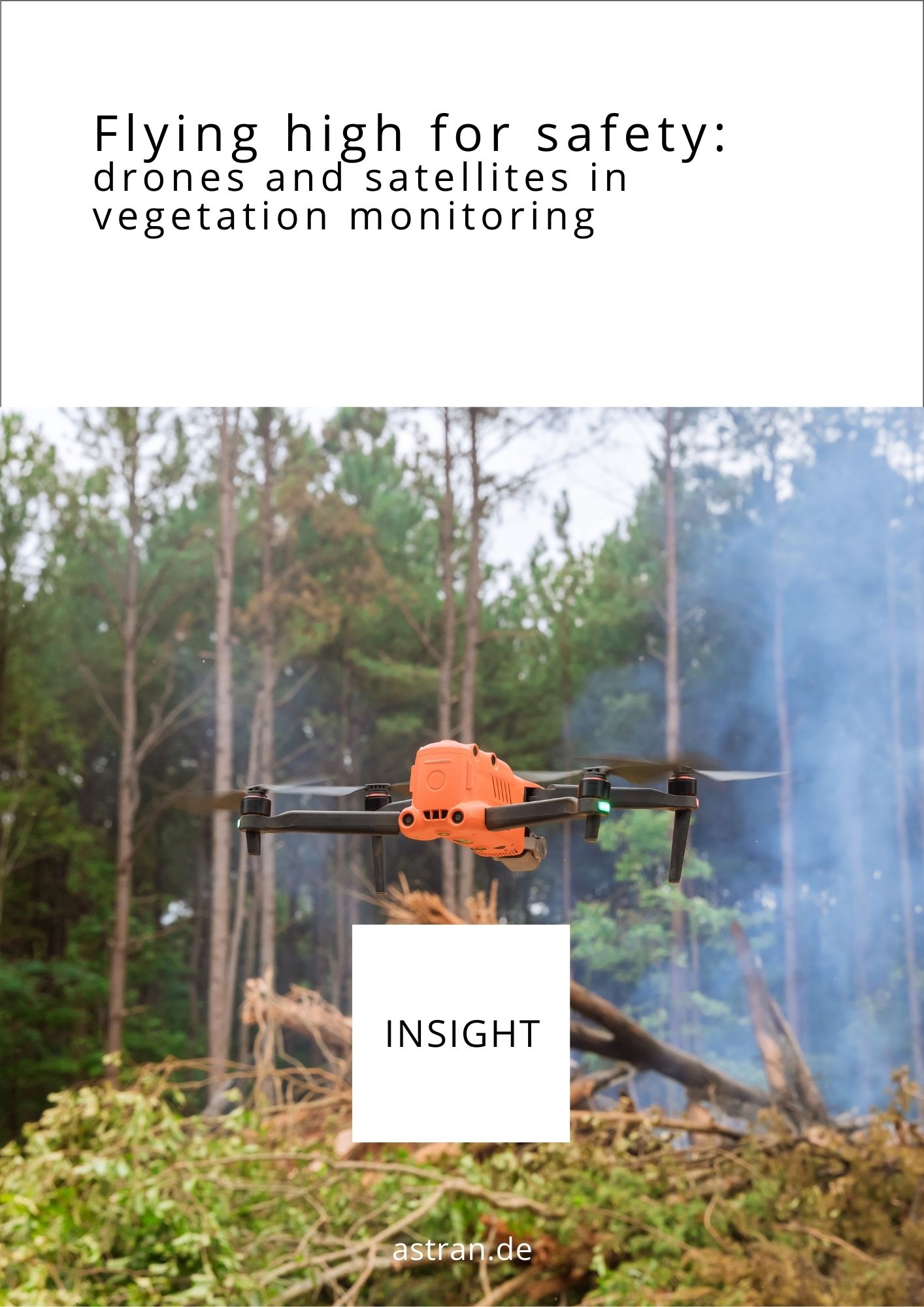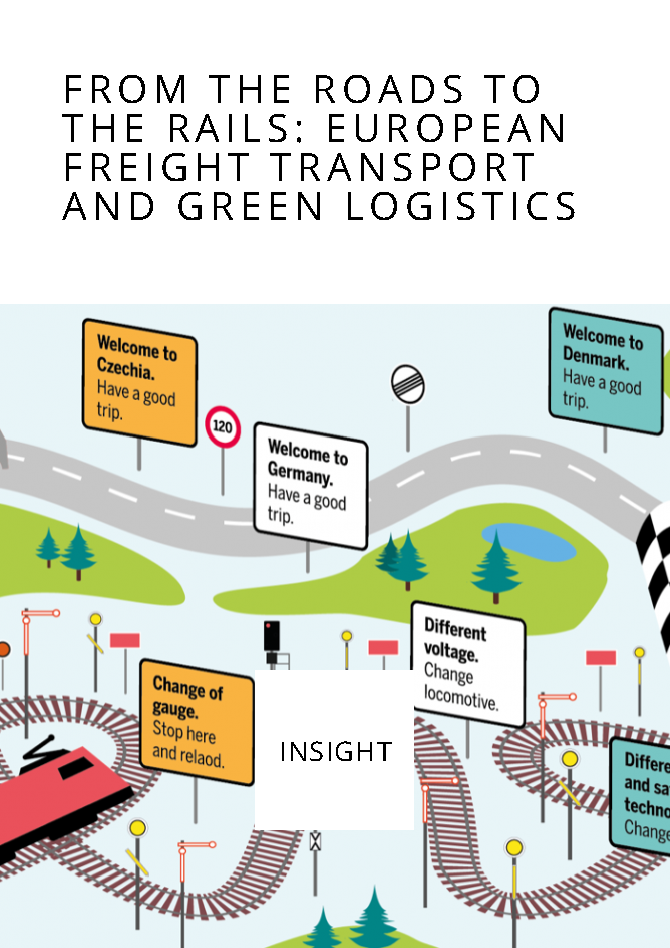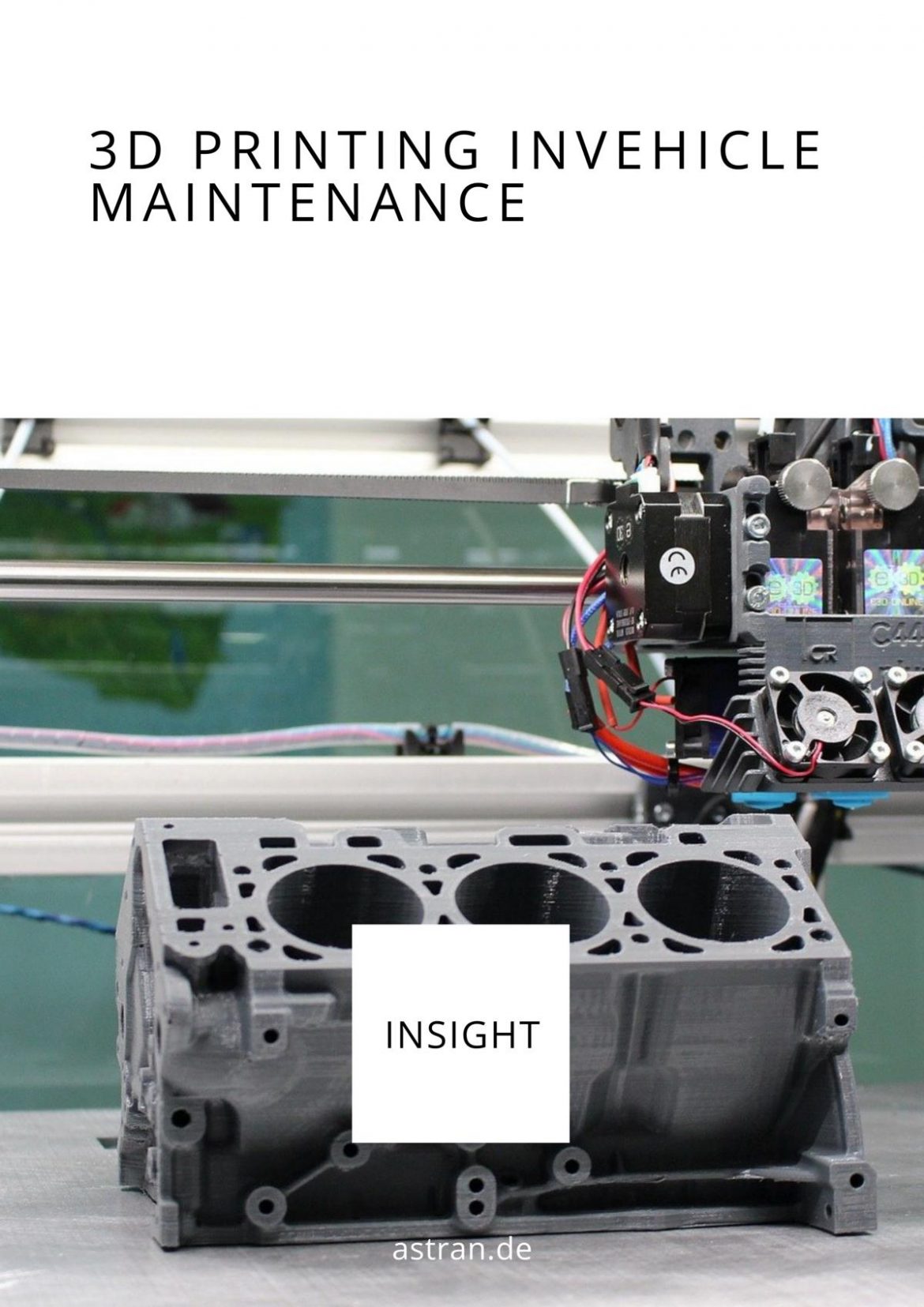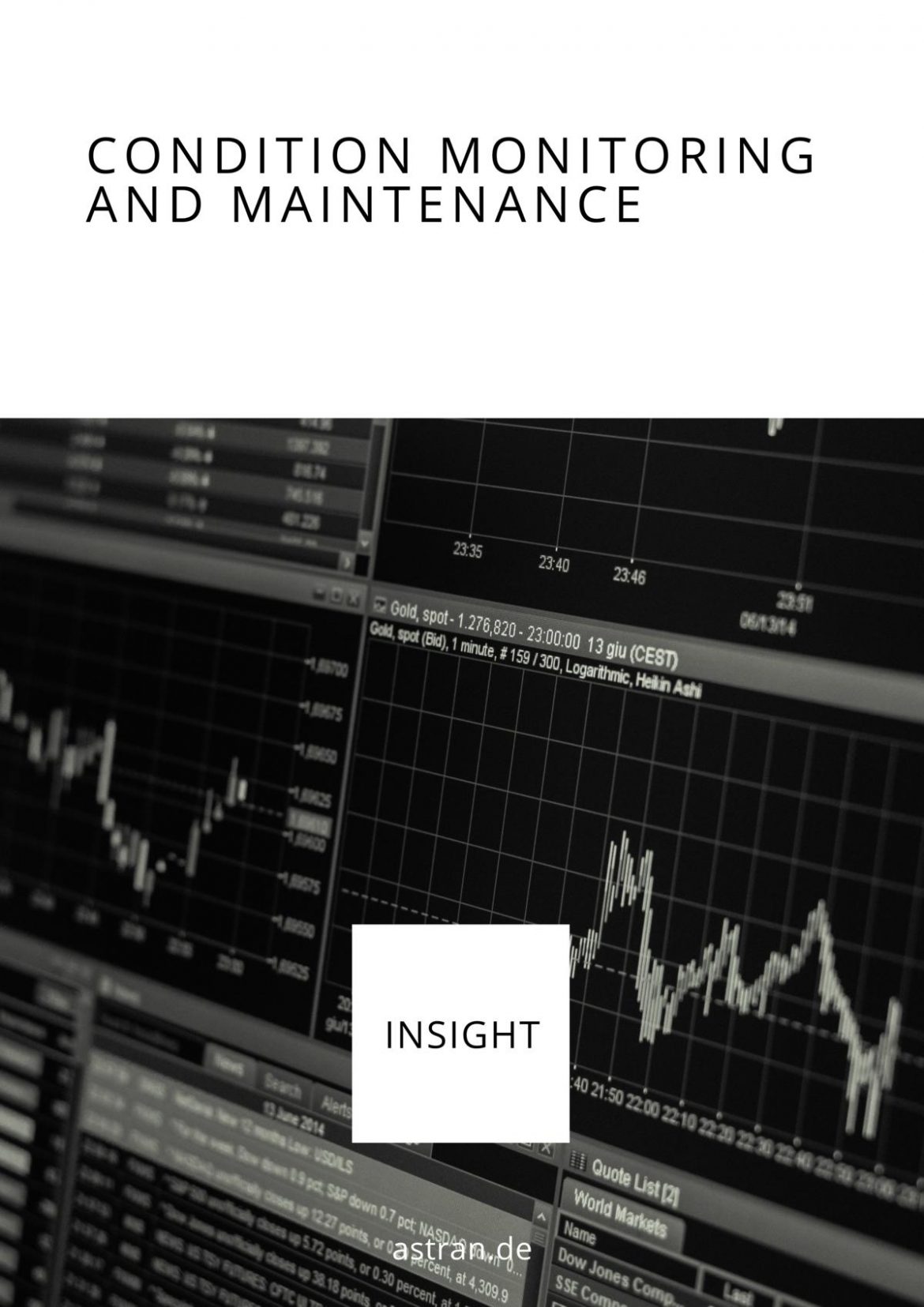Description
Incidents of this kind are unfortunately not uncommon, and the damage caused by trees and other vegetation can have a significant impact on rail traffic. In this context, the importance of vegetation monitoring for rail safety becomes partic-ularly clear.
In order to ensure safety in oper-ation and the functionality and service life of the systems over a longer period of time, track systems and their infrastruc-tures must be maintained.
Indirect surroundings are kept free of vegetation. On the one hand, it can be problematic if cavities between the ballast are filled with small particles due to plant growth. This impairs the elasticity of the ballast bed, which poses a serious safety risk.
However, vegetation along the tracks or railroad systems can also pose a danger: Overhanging branches or dense plant growth can obstruct train drivers’ view of the track or signaling sys-tems, increasing the risk of accidents and making it difficult to react quickly to haz-ards or obstacles.
Unkempt trees can become un-stable and topple over in strong winds or snow loads. This can cause considerable damage to the infrastructure and disrupt rail traffic.
Plant growth can cause damage to tracks, switches and other railroad instal-lations, leading to disruptions in opera-tion, expensive repairs and difficult ac-cess for maintenance personnel. The lat-ter in turn impairs regular inspection and maintenance.
Wild growth can also block drain-age systems, which can lead to flooding and erosion along the tracks. Wild growth along the tracks also creates an in-creased risk of fire.





